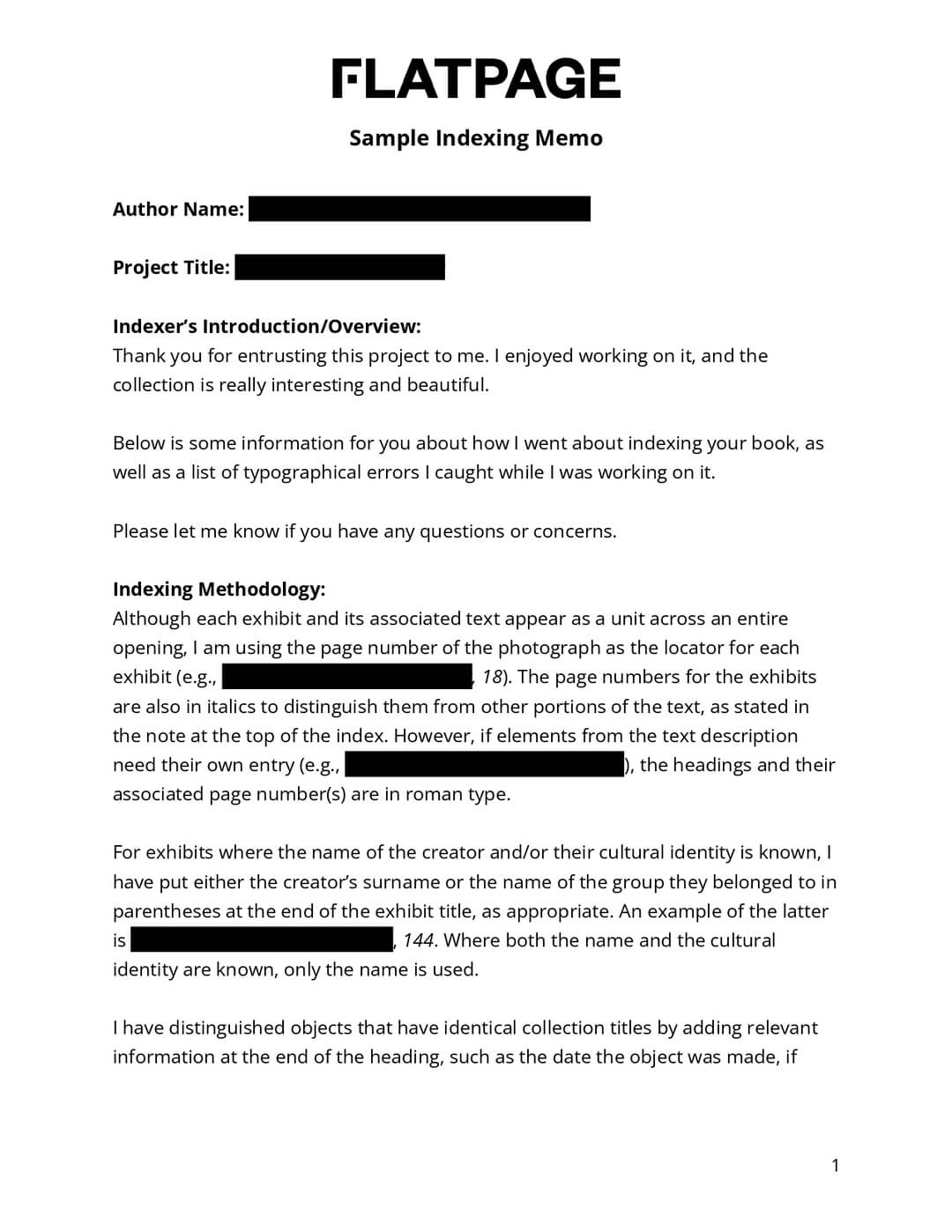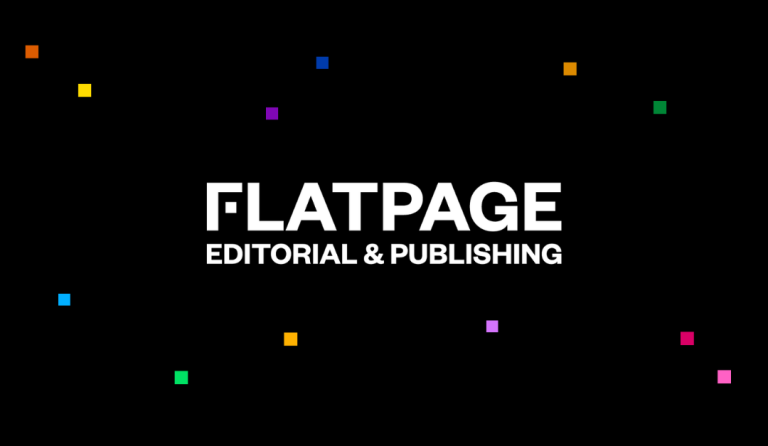Indexing
When you need an index for your book to make the content more accessible to readers.
Often occurring simultaneously to proofreading, indexing typically takes place on a publisher’s page proofs or the final Word document that’s already gone through review and copyediting. At this stage, you need a professional indexer to create a guide to the book’s contents so that readers can find important information as quickly and easily as possible.
Indexing services
Typical projects
Price
Includes
When
Turnaround
Sample
Sample Indexing Memo
All indexes are unique to the publication, and a sample edit is therefore not possible.
See this indexing memo to see the type of feedback the indexer will provide upon completing a project.

Editorial Portfolio
Our Portfolio
Business & Nonprofit, Indexing
Columbus Museum of Art

Ready to take the next step?
Get in touch


